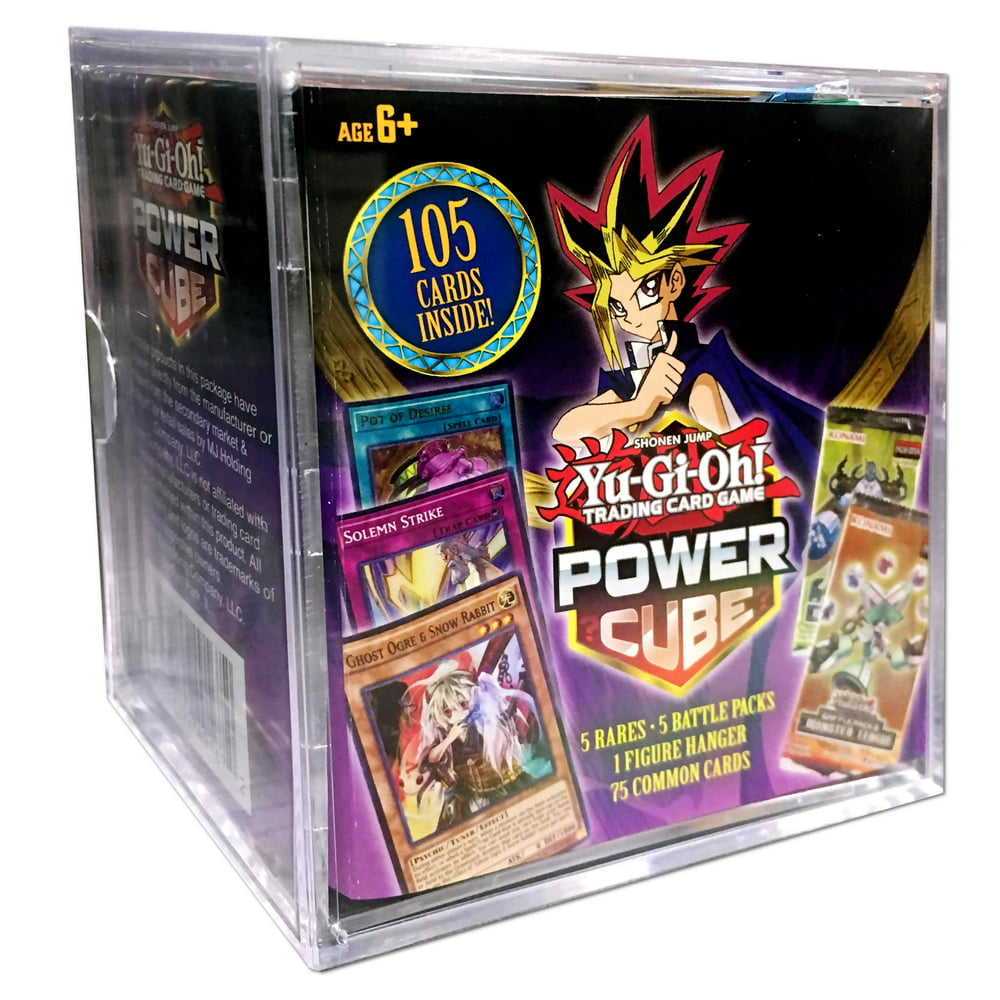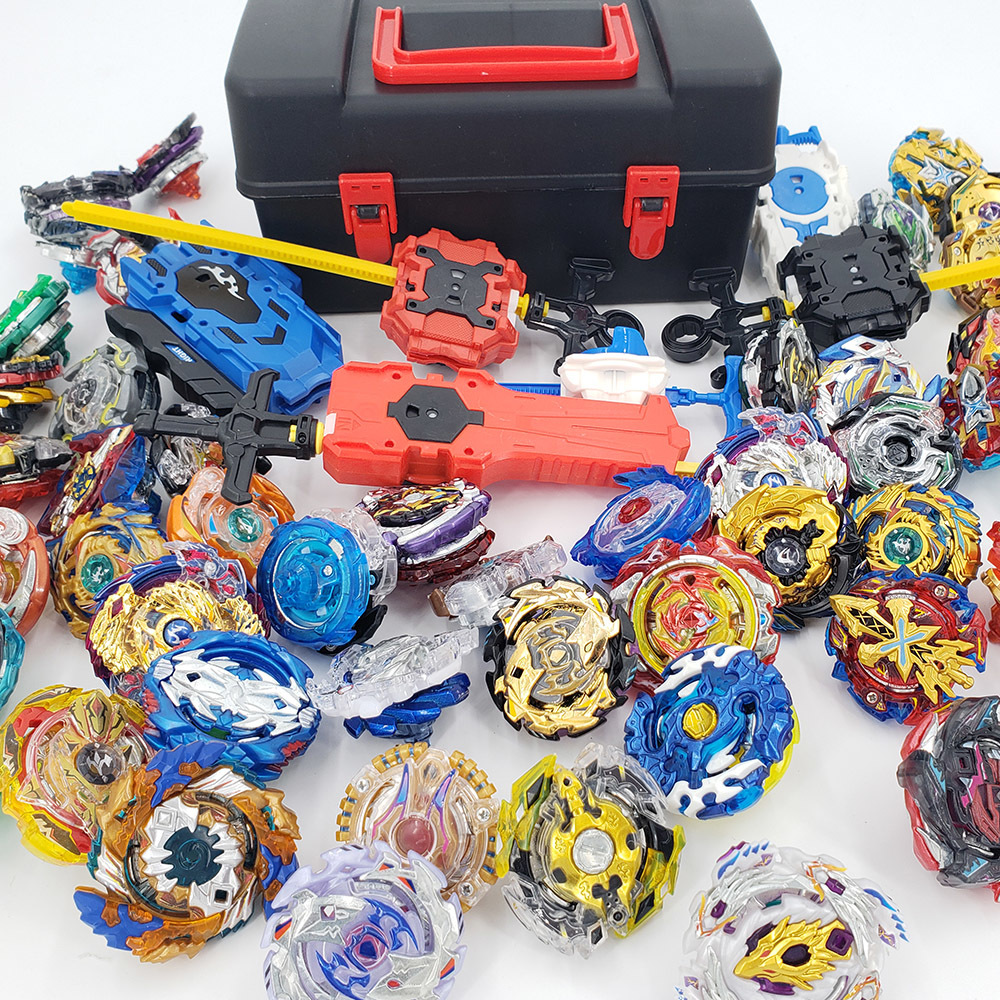Discover Pandipedia
Pandipedia is the world's first encyclopaedia of machine generated content approved by humans. You can contribute by simply searching and clicking/tapping on "Add To Pandipedia" in the answer you like. Learn More
Expand the world's knowledge as you search and help others. Go you!

The integration of technology is reshaping customer experiences.
Unknown[1]
Nearly 70% of car rentals are now booked online.
Unknown[1]

Flexible rental options reflect how more consumers appreciate convenience.
Unknown[1]
Companies are utilizing advanced mobile applications for seamless vehicle bookings.
Unknown[1]
Innovative solutions optimize both Online and Offline Booking channels.
Unknown[1]
Let's look at alternatives:
- Modify the query.
- Start a new thread.
- Remove sources (if manually added).
- Request a manual search from our human research team.
Let's look at alternatives:
- Modify the query.
- Start a new thread.
- Remove sources (if manually added).
- Request a manual search from our human research team.
Get more accurate answers with Super Search, upload files, personalised discovery feed, save searches and contribute to the PandiPedia.
Wooden World Map Wall Art
A stunning wooden wall map designed for travelers, available in various sizes and customizable options, perfect for showing off wanderlust and enhancing home decor[6].
World Scratch Map
An elegant scratch-off map that allows you to track your travels by scratching off the countries you've visited, printed with gold foil on a white background[2].
Push Pin World Map
Customizable maps that track the cities you've visited or wish to visit, complete with a pack of red pins for marking your journey[6][2].
LED Wooden World Map
This unique 3D wooden map features embedded LED lights, creating a beautiful ambient glow, suitable for living spaces[6][3].
Vintage World Map Poster
A beautifully crafted vintage-style map that adds a touch of nostalgia and elegance to any room, ideal for travel enthusiasts[4].

Antique Map of the World
A classic antique-style map bringing historical charm; it works well in libraries, studies, or living rooms[7][8].
3D World Map Puzzle
An interactive wall art piece that requires assembly, comprising 176 pieces that together form an impressive 3D world map[2].
Custom City Map
A detailed wooden map of any city, offering a personal touch with customizable features and various wood colors[6].
Large Political World Map
A high-quality map displaying geographical and political features, suitable for educational purposes and decorative settings[9].
Modern Geometric World Map
A contemporary map design featuring colorful geometric shapes, ideal for modern decor styles[8].
World Travel Map Calendar
A calendar featuring a world map each month, adding educational value and travel inspiration throughout the year[4].
Decorative Map Wall Tapestry
A fabric tapestry depicting a world map, adding texture and color to your walls while showcasing your travel interests[4].
Framed Vintage World Map
An elegantly framed vintage map with sepia tones, perfect for enhancing a rustic or classic interior[7].
Educational Children’s World Map
A colorful and engaging map designed for kids, combining fun and learning about geography[8].
Watercolor World Map Art Print
A vibrant watercolor representation of the world, ideal for adding a splash of color to a room[6][2].
Historical Map Wall Mural
A large-scale wall mural featuring detailed historical maps, suitable for creating a standout accent wall in any room[8].
Detailed Relief World Map
A 3D-style wall map showcasing topographical features, making it both educational and visually appealing[8].
Custom Monogrammed Map
A personalized map that includes names and specific details, serving as a thoughtful gift or unique home decor item[2].
Wall Mounted Travel Map
A stylish mounted travel map that encourages exploration and adds personality to your living area[4].
Cork Board Map Wall Art
A functional wall decor piece that doubles as a corkboard for pinning travel photos and notes, designed with a world map layout[5].
Nautical Style Map Artwork
A map with a nautical theme, perfect for coastal homes or those with a love for the sea[8].
Colorful Abstract World Map
A visually striking abstract representation of the world, offering a modern touch to any decor style[8].
Let's look at alternatives:
- Modify the query.
- Start a new thread.
- Remove sources (if manually added).
- Request a manual search from our human research team.

Home insulation is crucial for maintaining a comfortable indoor climate, keeping homes warmer in winter and cooler in summer, thus reducing energy consumption and costs. Proper insulation significantly decreases heat loss, leading to lower energy bills—up to £340 annually for loft insulation alone in certain homes, according to some estimates[5][6].
Moreover, insulation contributes to a home's energy efficiency, enhancing its EPC rating, which can increase property value and make it more appealing to buyers[1][4]. It also helps prevent moisture issues and mould growth, promoting a healthier living environment[3].
By improving insulation, homeowners can ensure a more energy-efficient, comfortable, and environmentally friendly home[2][3].
Let's look at alternatives:
- Modify the query.
- Start a new thread.
- Remove sources (if manually added).
- Request a manual search from our human research team.

The study by Samarasinghe and Lokuge (2022) contributes to the field of data-driven innovation by identifying key areas for future research. They emphasize the need for a deeper understanding of how data can be used to drive innovation across various sectors, highlighting the importance of interdisciplinary approaches in this context.
Furthermore, the authors outline potential research directions that can guide scholars and practitioners in exploring the implications of data-driven practices. Their work serves as a foundational resource for those looking to enhance the practical application of data in fostering innovation processes, suggesting avenues for further investigation into the interplay between data utilization and innovation outcomes[1].
Let's look at alternatives:
- Modify the query.
- Start a new thread.
- Remove sources (if manually added).
- Request a manual search from our human research team.

HonestBaby Family Matching Organic Cotton Pajamas
Matching pajamas for the entire family, available in various sizes for adults, kids, and even pets, fostering a sense of togetherness[1].

Family Birthday Calendar
A cute wooden sign that helps families keep track of birthdays, encouraging family recognition and togetherness[1].

Sharper Image Electric Tabletop S’mores Maker
An indoor s’mores maker that allows families to enjoy roasting marshmallows together anytime[1].

LEGO Creator Main Street
A building set designed for families to construct together, allowing for shared creativity and fun[1].

The Adventure Challenge Scrapbook: Family Edition
A scrapbook with 50 challenging activities for families to complete together, designed to enhance bonding through shared experiences[1][2].
:max_bytes(150000):strip_icc()/icecreammixingset-f32d7c9082184a11ba3389fa03391555.jpg)
Picnic Time Ice Cream Mixing Set
A stylish set for making ice cream at home, perfect for family togetherness and fun cooking projects[2].
Family Gathering TableTopics
A card game that prompts family conversations, helping to connect family members through discussion[2].
:max_bytes(150000):strip_icc()/cozy-earth-bubble-cuddle-blanket-b44efb7e069248ff99f477e2f675d5f9.jpg)
Cozy Earth Bubble Cuddle Blanket
A large cozy blanket that family members can snuggle under during movie nights or reading sessions together[2].
DIY Terrarium Kit
A hands-on activity allowing the entire family to create their own miniature landscapes, fostering teamwork and learning[2][4].
:max_bytes(150000):strip_icc()/cuisinart-theater-style-popcorn-maker-f014a91973bb424faa50d726eb1779c8.jpg)
Cuisinart Popcorn Maker
A theater-style popcorn maker that enhances family movie nights by providing fresh popcorn quickly[2].
:max_bytes(150000):strip_icc()/jenga-official-giant-js6-ad996fc0725f429c939f1d04378f89f5-44b08ca5d3164ddfb43f74a35b034b18.jpg)
Jenga Giant
A large version of the classic game that is enjoyable for all ages, perfect for family game nights[2].
Family Recipe Book Kit
A kit that encourages families to document and share their favorite recipes, creating lasting memories in the kitchen[4].
Personalized Family Portrait
A custom portrait that captures the family’s likeness and serves as a sentimental piece of art in their home[2][4].
:max_bytes(150000):strip_icc()/ring-video-doorbell-d47093b7a8fb4defaccf396ed050fdad.jpg)
Ring Video Doorbell
A security device that enhances family safety while allowing them to stay connected with visitors, fostering peace of mind[2][4].
:max_bytes(150000):strip_icc()/il_1588xN.6339706822_mvspcopy-21ac1f730e3f4f3fa397c58b30482ea9.jpg)
Personalized Family Tree Ornament
A decorative ornament featuring family names that adds a unique touch to holiday traditions and celebrations[2][6].
:max_bytes(150000):strip_icc()/storyworth-book-2-fd6fccf68959474b8576676ea43e1122.jpg)
Storyworth Book
A subscription that prompts families to share stories, building connections through shared memories and personal histories[6].
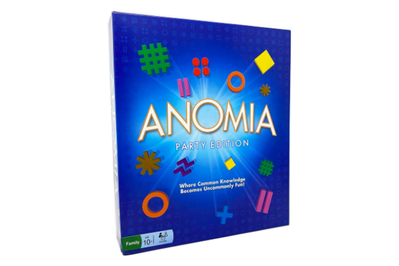
Anomia Party Edition
A fast-paced card game that gets the whole family laughing and bonding through fun word-recall challenges[6].
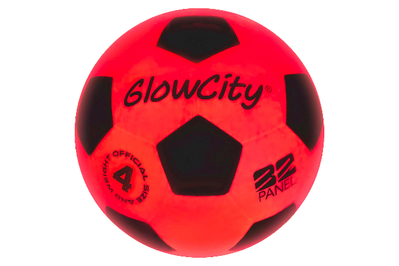
GlowCity Light Up LED Soccer Ball
A fun way to play soccer in the evening, promoting outdoor family activities and friendly competition[6].
Let's look at alternatives:
- Modify the query.
- Start a new thread.
- Remove sources (if manually added).
- Request a manual search from our human research team.
Get more accurate answers with Super Search, upload files, personalised discovery feed, save searches and contribute to the PandiPedia.
Social Movements
This book introduces readers to the dynamics of various social movements and examines how they serve as instruments of social change, exploring identities, protests against marginalization, and the impacts of globalization on diverse movements in India[1].
Understanding Social Movements
This book provides interdisciplinary perspectives on social and cultural protest, discussing core theories and concepts alongside historical and contemporary case studies, including movements like the American civil rights movement and Occupy[7].
Movement Theories
This text traces the development of movement theories from classical sociology to contemporary transnational activism, highlighting major theorists and movements around the world, including significant paradigm shifts influenced by the social movements of the 1960s[2][5].
The New Jim Crow: Mass Incarceration in the Age of Colorblindness
A groundbreaking book that investigates the systemic racial inequalities in the U.S. criminal justice system and the mass incarceration of African Americans, framing it as a new racial caste system[6].

The Wretched of the Earth
A seminal text that explores the psychological and cultural effects of colonization and offers a rallying call for liberation and resistance against oppression[6].

Just Mercy: A Story of Justice and Redemption
This book chronicles the author's experiences advocating for those wrongly condemned and addresses issues of racial inequality and mass incarceration within the legal system[8].

No Logo: Taking Aim at the Brand Bullies
A critical examination of how corporate branding affects society, calling for grassroots movements to challenge the power of major brands and the consequences of consumer culture[6].
The Color of Law: A Forgotten History of How Our Government Segregated America
This book details how government policies in the U.S. created and maintained residential segregation, arguing that these actions are foundational to systemic racial inequality[8].

The Autobiography of Malcolm X
A powerful reflection on Malcolm X's life and activism, exploring his transformation into a civil rights leader and shedding light on the struggles faced by African Americans[6].

Between the World and Me
This book is written as a letter to the author's son, addressing the complexities of race and racism in America, and urging readers to confront the ongoing struggle for equality and justice[8].

The Spirit Catches You and You Fall Down
A case study of cultural misunderstandings in the medical field, exploring the clash between Hmong culture and American healthcare practices, and its tragic consequences[8].

Sapiens: A Brief History of Humankind
This book provides a sweeping overview of human history, analyzing the social structures and systems that have shaped societies throughout time[8].
The Age of Surveillance Capitalism
This work critiques the implications of surveillance capitalism, where major tech companies exploit personal data and discusses the potential threats to democracy and privacy[8].

Silent Spring
A pivotal book that raised awareness about environmental issues caused by the pesticide DDT, sparking movements for environmental reform and conservation[6].

Rules for Radicals
A handbook for community organizing that offers practical advice for effecting social change and challenging the status quo through grassroots activism[6].

Evicted: Poverty and Profit in the American City
This book examines the impact of eviction on low-income families, using immersive storytelling to highlight systemic issues related to poverty and housing instability[8].

The Power of Nonviolent Resistance
This work outlines the principles and effectiveness of nonviolent action in achieving social and political change, providing historical examples and practical insights[6].

The Power of Now: A Guide to Spiritual Enlightenment
This book emphasizes the importance of living in the present moment as a pathway to personal fulfillment and spiritual awakening, relevant to the context of social movements and individual actions[8].

The End of Policing
A critical examination of the role of policing in society and proposals for rethinking public safety in ways that prioritize social justice[6].
The Rebel’s Clinic: The Revolutionary Lives of Frantz Fanon
This biography explores the life of the influential postcolonial theorist whose ideas continue to shape social justice movements worldwide[4].
The Warmth of Other Suns: The Epic Story of America’s Great Migration
A narrative that tells the stories of African Americans who migrated from the South to the North, shedding light on systemic racism and the search for a better life[8].
The Everything War: Amazon’s Ruthless Quest to Own the World and Remake Corporate Power
An investigative account of Amazon's rise and the implications for global economic structures and corporate power dynamics[8].
Let's look at alternatives:
- Modify the query.
- Start a new thread.
- Remove sources (if manually added).
- Request a manual search from our human research team.

The model that uses self-reflection is Claude 3.7 Sonnet Thinking, which is described as having 'thinking mechanisms' such as long Chain-of-Thought (CoT) with self-reflection. This model is included in a discussion on Large Reasoning Models (LRMs) that demonstrate promising results across various reasoning benchmarks[1].
Moreover, the paper highlights that despite the sophisticated self-reflection mechanisms, these models still fail to develop generalizable problem-solving capabilities beyond certain complexity thresholds[1]. Thus, self-reflection is a key feature of Claude 3.7 Sonnet Thinking within the context of reasoning models.
Let's look at alternatives:
- Modify the query.
- Start a new thread.
- Remove sources (if manually added).
- Request a manual search from our human research team.

Space exploration presents a range of formidable challenges that impact both the feasibility and safety of missions beyond low Earth orbit. These limitations stem from technical, biological, and environmental factors that must be addressed to ensure successful exploration of destinations such as the Moon and Mars.
Technical Challenges

One of the foremost challenges in space exploration is the technological limitations of launch vehicles and spacecraft. Currently, many rockets require enormous amounts of energy to achieve escape velocity from Earth's gravitational pull, which can exceed 25,000 miles per hour. This high-energy requirement leads to significant costs and complexities in spacecraft design. For instance, a noteworthy example is the launch cost of the Mars Curiosity rover, which approached $200 million, highlighting the financial burden associated with launching heavy payloads into space. Furthermore, developing reusable rockets, like SpaceX's Falcon 9, is crucial for reducing costs over time by enabling multiple flights from the same hardware, although achieving this at scale remains a complex engineering challenge.
In terms of propulsion systems, current chemical-based fuels are inefficient for long-duration missions, presenting limitations in speed and fuel capacity. Spacecraft equipped with nuclear fusion or laser-powered propulsion systems, such as those conceptualized in the Breakthrough Starshot program, offer potential alternatives, but significant engineering breakthroughs would be necessary to make these viable for human transport.
Biological Limitations
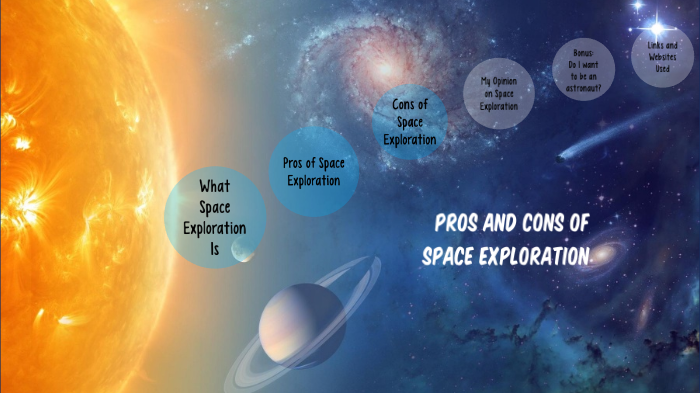
Astronauts face several health risks during long-duration space missions that cannot be easily mitigated. One major concern is the impact of microgravity on the human body. Extended exposure to microgravity can lead to muscle atrophy, bone density loss, and cardiovascular deconditioning. Research indicates that bone loss occurs at a rate significantly accelerated compared to aging on Earth, which could impede astronauts' physical performance and health upon return.
Another critical health challenge is exposure to cosmic radiation, which is considerably higher outside Earth's protective atmosphere. This radiation poses long-term health risks, including an increased likelihood of cancer and other disease. Currently, proposed solutions include physical shielding, such as incorporating materials like hydrogenated boron nitride nanotubes (BNNTs) into spacesuits and habitats. However, the materials need further development to ensure they can effectively protect astronauts during long missions, especially to Mars where the radiation levels are more intense.
Psychological and Social Effects
Isolation and confinement on long missions can lead to psychological stress among astronauts. The social dynamics of small crews responding to extended periods of isolation can complicate mission success. Communication delays, especially during interplanetary missions, can exacerbate feelings of solitude and isolation, making effective team dynamics even more critical. NASA's studies highlight that the average communication delay with Mars can be between four to 24 minutes one way, leading to increased operational risks during emergencies.

To combat potential psychological stress, researchers are exploring methods to create artificial gravity environments and studying the effects of hibernation-like states during long spaceflights, which could mitigate conflict among crew members during transit. Moreover, crew selection processes are being examined to ensure a harmonious working environment when stress levels rise.
Environmental Obstacles
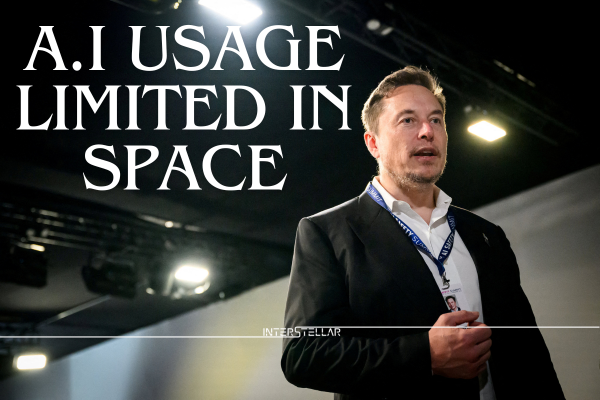
The environments of celestial bodies present their own significant challenges. For instance, landing on the Moon or Mars requires navigating hazardous terrain marked by craters and boulders, which complicates landing procedures and increases the risk of mission failure. Recent attempts by various nations to land successfully on the Moon have demonstrated that despite advances in technology, the difficulty of achieving a soft landing remains high.
On Mars, atmospheric conditions and gravity present unique challenges that complicate landing maneuvers for heavy payloads required for crewed missions. Current technologies used for landers and rovers may not be sufficient for larger human-carrying vehicles, necessitating further innovation.
Conclusion

In summary, while the ambition for space exploration ignites global interest and progress, significant limitations remain to be addressed. The technical hurdles related to rockets and propulsion methods, biological and psychological impacts on astronauts, and the harsh environments of potential destinations all compound the complexities involved in sending humans beyond Earth. Overcoming these challenges requires continued investment in research and development, fostering innovative solutions that ensure both the safety and success of future missions.
Let's look at alternatives:
- Modify the query.
- Start a new thread.
- Remove sources (if manually added).
- Request a manual search from our human research team.

Tamagotchi
A pocket-sized virtual pet that required players to feed, play with, and care for it to keep it alive, making it an addictive toy for kids[1][2].

Nintendo DS
A handheld gaming system with dual screens and a touch screen, allowing for a vast array of games and portable gaming experiences[1][2][5].
Razor Scooter
A foldable scooter that became the go-to mode of transportation for kids and teens, known for its sleek design and ease of use[3][4][5].
Bratz Dolls
Fashion-forward dolls that provided a modern alternative to traditional dolls, known for their diverse styles and attitude, capturing a significant portion of the doll market[2][4][5].

Guitar Hero
A video game that allowed players to simulate playing a guitar with a controller, creating a party atmosphere during its peak popularity[2][4].


Pillow Pets
Plush toys that converted into pillows, offering comfort and companionship during bedtime for many children[5][6].
Yu-Gi-Oh! Trading Cards
A collectible card game that gained immense popularity with children, leading to trading and competitive play[1][3][5].




Love ‘n Licks Puppy
A robotic puppy that wagged its tail and licked you, simulating a pet experience without the responsibility[3][6].
My Scene Dolls
Trendy dolls reflecting the latest fashions, allowing for creative play and personal expression[4][5].
Groovy Girls
Dolls designed to foster personal expression and imaginative storytelling, each with a unique name and backstory[4][5].

Pixel Chix
Interactive electronic toys that allowed kids to navigate digital avatars through various life scenarios, fostering creativity[5][6].
Let's look at alternatives:
- Modify the query.
- Start a new thread.
- Remove sources (if manually added).
- Request a manual search from our human research team.










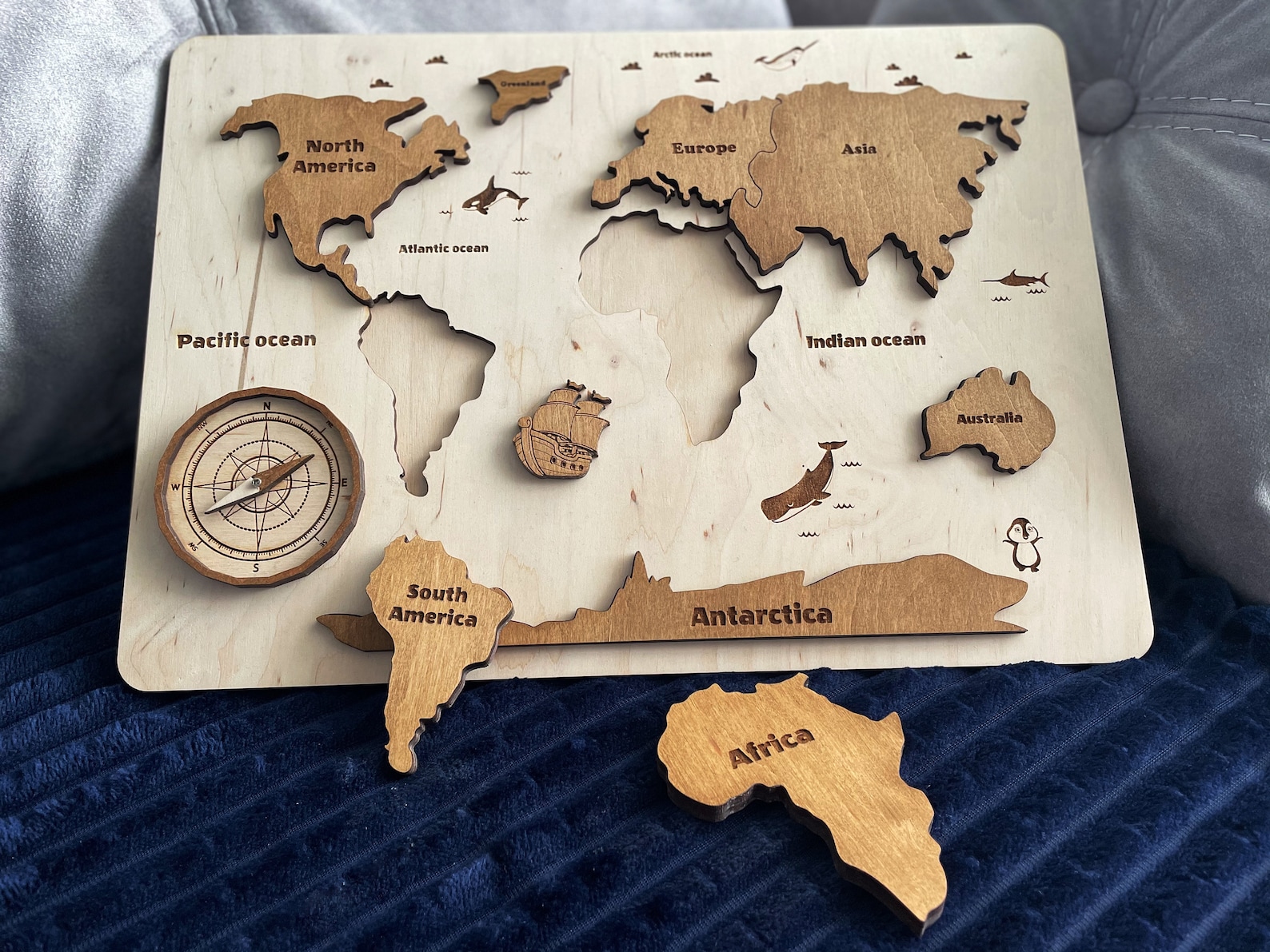



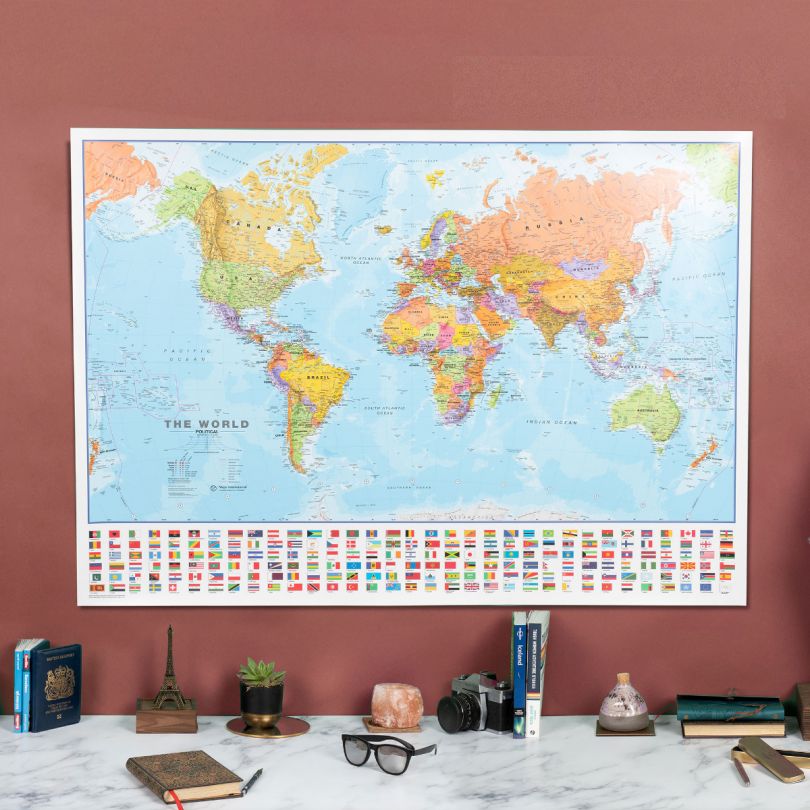










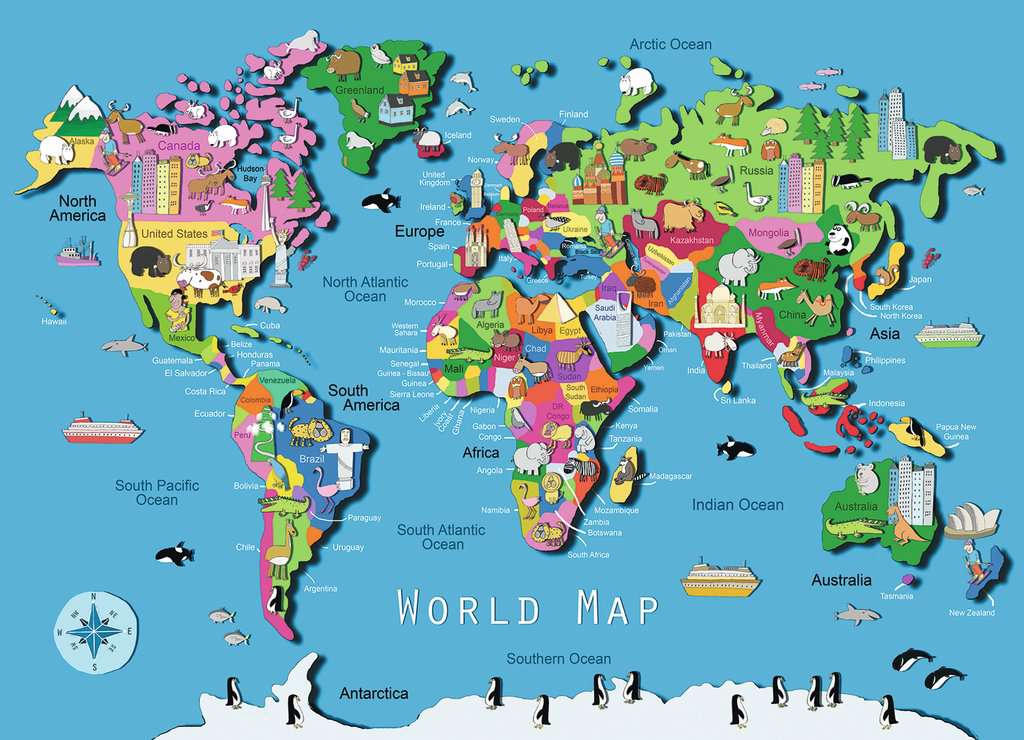




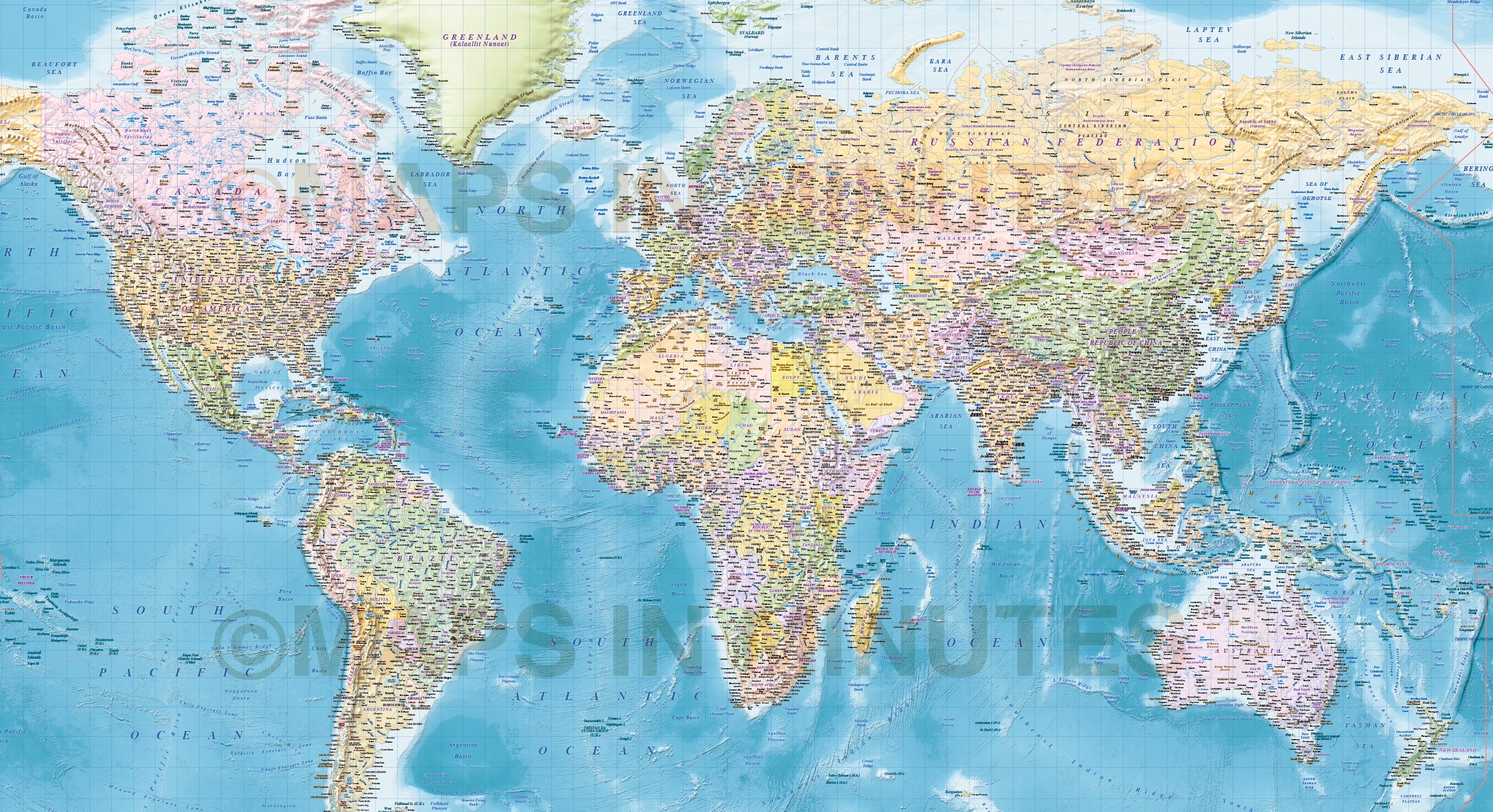












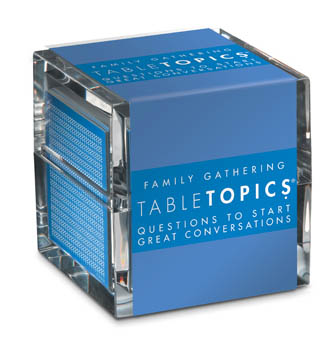


:max_bytes(150000):strip_icc():format(webp)/the-sill-diy-terrarium-kit-e994569591a74412860ac69b0790af4a.jpg)
:max_bytes(150000):strip_icc()/the-sill-diy-terrarium-kit-e994569591a74412860ac69b0790af4a.jpg)




:max_bytes(150000):strip_icc():format(webp)/22170_1_640px-7ece8a5079124259b787361801c9c3eb.jpg)
:max_bytes(150000):strip_icc()/22170_1_640px-7ece8a5079124259b787361801c9c3eb.jpg)



















.jpg)









